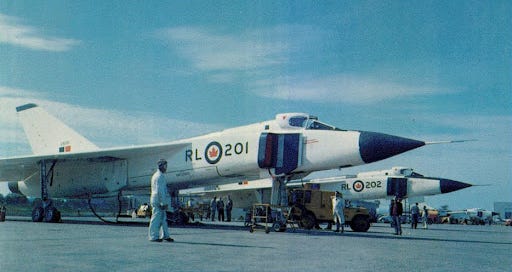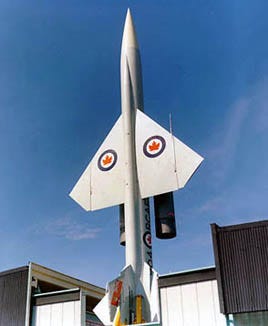Black Friday: The Day Canada Grounded Its Aviation Ambitions
Could lessons from that day help us in our modern political climate?
On this day in 1959, John Diefenbaker announced the cancellation of the CF-105 Avro Arrow interceptor, the Orenda Iroquois turbine engine, and related programs during a session of Parliament. This day is known as Black Friday, owing to the more than 14,000 people who lost their jobs, as well as the crushing blow to Canadian aviation and the talent drain that followed.
From that day forward, the Canadian aviation industry began a gradual decline from its once illustrious position on the global stage. Although we still have a remarkable aviation sector, filled with exceptional and talented individuals who contribute significantly to innovation and safety, we have yet to regain the heights we experienced during the post-war era. The industry continues to produce impressive aircraft and technologies. Still, the challenges posed by American and international competition have made it difficult to recapture the former glory that established Canada as a leader in aviation.
The 1950s was a time of fear and concern due to the growth of nuclear weapons and the threat of a Soviet attack from the North. One of the many factors that contributed to the demise of the Arrow was the advancement of intercontinental ballistic missiles. It was believed that missiles would render piloted interceptor aircraft obsolete. Compounding this was the pressure from the United States for Canada to partner in building ballistic missile sites to counter the Soviet bomber threat. It was stated that if Canada did not come on board, the Americans would construct their sites along our border at the 49th parallel. This risked nuclear fallout and debris landing directly on the most populated regions of our country. This situation led to one of the Arrow's replacements: two squadrons of the Boeing CIM-10 Bomarc long-range surface-to-air missile, one installed in North Bay, ON, and the other in La Macaza, PQ
Today, we are witnessing striking similarities to those critical times. Trump is discussing the implementation of a surface-to-air missile “iron dome” over the United States. There's also talk of tariffs and America's growing need for resources that Canada has in abundance. One significant outcome of Black Friday was Canada’s increased reliance on the United States for defence equipment and security.
After the Arrow, we never built an Indigenous fighter again; however, we did create licensed variants of American designs until the 1970s. With the threat of tariffs and isolationist attitudes, it may be time for Canada to once again look within its own talent pool and invest in its own homegrown, self-sufficient defence industry, not just for defence but also for our economy and long-term stability.
We have a rich history in aircraft design and manufacturing and have demonstrated our skills, knowledge, and personnel capability. A key trait of aviation is our ability to learn from our mistakes. We do this to enhance our industry and ensure our safety. Perhaps it is time to reflect on the lessons of the 1950s and apply them to strengthen the economy and safeguard ourselves.






